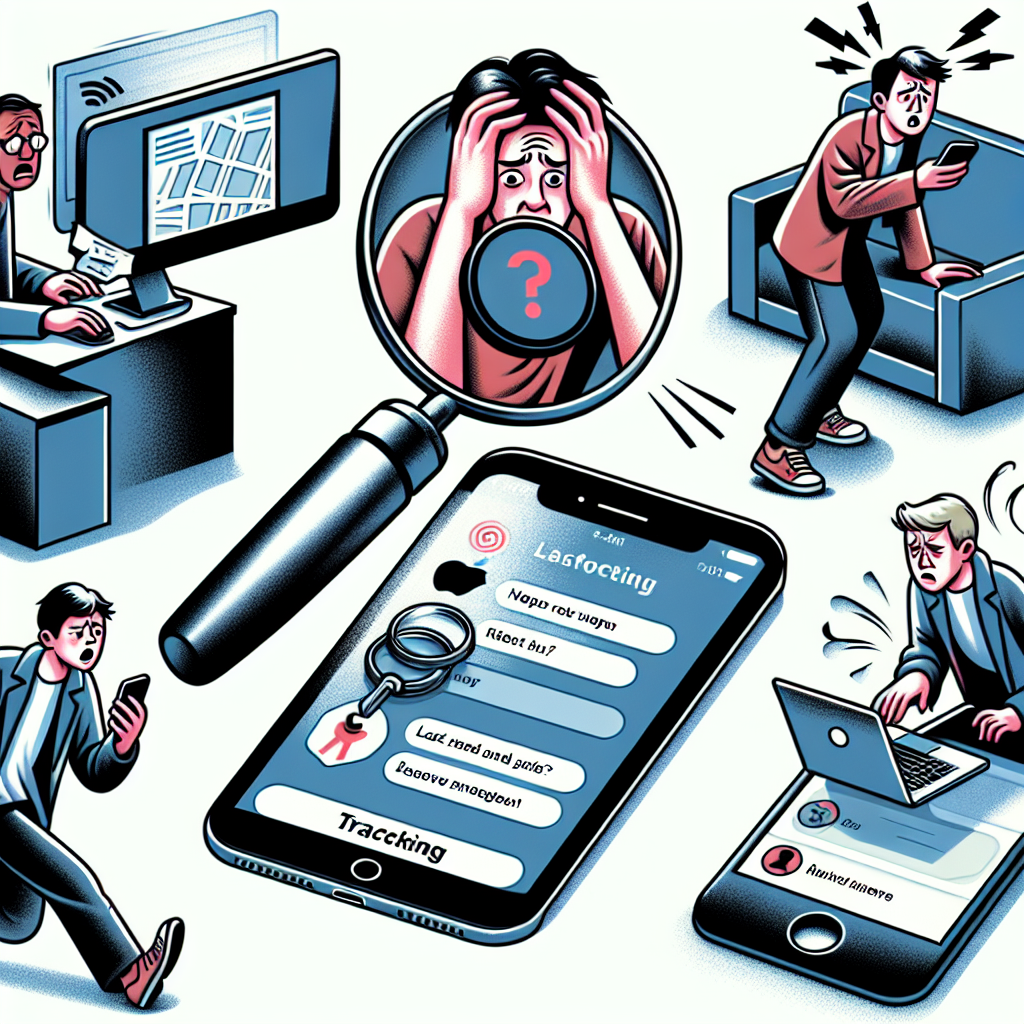Introduction: In our fast-paced digital age, our Apple devices are more than just gadgets; they're extensions of ourselves, containing precious memories, personal information, and indispensable tools for work and play. But what happens when these essential companions suddenly vanish, whether through theft or misplacement? Join us as we navigate the unsettling terrain of lost or stolen Apple devices, offering practical guidance and reassurance for those facing this distressing scenario.
The Initial Shock: Coping with the Loss Losing an Apple device – whether it's an iPhone, iPad, MacBook, or Apple Watch – can trigger a whirlwind of emotions, from frustration and anxiety to a sense of vulnerability and violation. Beyond the monetary value of the device itself, the prospect of unauthorized access to our digital lives can feel like a profound invasion of privacy and security. In moments of distress, it's crucial to remember that you're not alone, and there are steps you can take to regain control and mitigate the impact of the loss.
Step 1: Take a Deep Breath and Stay Calm In the immediate aftermath of discovering your device is missing, it's natural to feel overwhelmed and panicked. Take a deep breath, try to remain calm, and resist the urge to jump to conclusions or succumb to despair. Remember that swift action and a clear mind are your allies in navigating this challenging situation.
Step 2: Activate Lost Mode and Track Your Device If you've enabled Find My iPhone (or Find My Device) on your Apple device, you have a powerful tool at your disposal for locating and securing your device remotely. Log in to iCloud.com or use the Find My app on another Apple device to activate Lost Mode, which will lock your device, display a custom message with your contact information, and track its location in real-time.
Step 3: Report the Loss to Authorities If you suspect that your device has been stolen, it's essential to file a police report and provide law enforcement authorities with any relevant information, such as the device's serial number, IMEI number, or unique identifiers. This can help authorities track down and recover your device, as well as prevent future incidents of theft.
Step 4: Notify Your Wireless Carrier and Service Providers Contact your wireless carrier or service provider immediately to report the loss or theft of your device and request assistance with suspending or deactivating your account to prevent unauthorized usage or charges. They may also be able to provide guidance on options for replacing your device or transferring service to a new device.
Step 5: Monitor Your Accounts and Take Precautionary Measures Keep a close eye on your financial accounts, email, and social media accounts for any suspicious activity that may indicate unauthorized access or misuse of your personal information. Consider changing your passwords and enabling two-factor authentication for added security. Additionally, if you've stored sensitive information or credentials on your device, take steps to mitigate the risk of identity theft or fraud by notifying relevant parties and monitoring for signs of fraudulent activity.
Conclusion: Losing an Apple device can be a distressing and disorienting experience, but it's essential to remember that you're not powerless in the face of adversity. By taking swift action, leveraging available resources such as Find My iPhone, collaborating with authorities, and practicing vigilance and precautionary measures, you can increase the likelihood of recovering your device and protecting your personal information and digital assets. And in moments of uncertainty or distress, remember that support and guidance are always within reach – because even when your device goes missing, you're never truly alone.


Share and get 15% off!
Simply share this product on one of the following social networks and you will unlock 15% off!